Potatoes are registered in the menu of a considerable number of families. Typically, waste after its treatment is at least a fifth of the total mass. Instead of throwing potato peelings into the trash, it is better to prepare fertilizers from them. Moreover, they will be useful for most vegetable and ornamental crops grown in the garden. In addition, there are several ways to prepare them. What plants benefit from such top dressing, when and how to apply it correctly.
Content
The use of peel for the garden
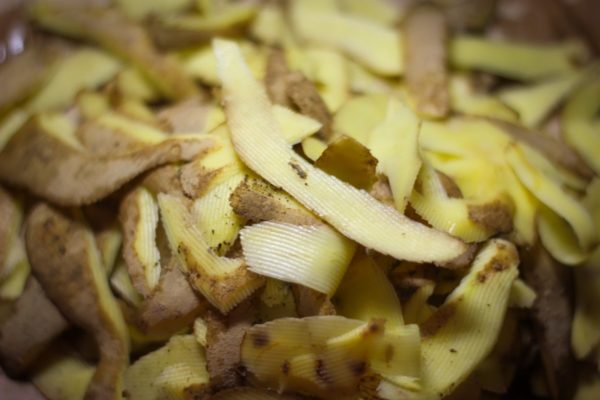
Potato waste easily digests soil bacteria. At the same time, all the nutrient components remain in the soil, from where the roots of garden crops subsequently absorb them along with moisture. The peel itself and the thin layer below it contain many valuable substances:
- vitamin C;
- glucose;
- starch;
- trace elements: phosphorus, fluorine, potassium, magnesium;
- organic acids.
Such harmless top dressing will be very useful for plants. In addition, the peel of the potato has advantages that synthetic fertilizers do not have:
- Accessibility - during the winter, a considerable amount of waste accumulates, which is enough to enrich the soil in a small area.
- Increases soil fertility with regular application: the volume of humus increases, the soil is saturated with oxygen due to increased porosity.
- It surpasses industrial production complexes in organic composition.
- Organic - no dangerous compounds accumulate in the earth.
- Help fight some pests.
Fresh cleanings can help with "external" use in the destruction of pests. It is enough to spread the heaps between the beds: slugs, wireworm larvae and even the Colorado potato beetle will slide on them. Then they will have to collect and destroy.
However, for visible results, cleaning should be done regularly and in considerable quantities. Yes, and they are not suitable for all plants.
Crops that will appreciate fertilizer
Dressing with a skin is categorically contraindicated to relatives of potatoes - the solanaceous family. In addition to potatoes, these include tomatoes, peppers, and eggplant. The reason is that the same diseases are dangerous for them. The use of peel not treated with heat will lead to late blight and black scab. Other cultures will be happy with this recharge:
- Gourds: cucumber, watermelon, zucchini.
- Root crops - onions, carrots and others.
- Representatives of the cruciferous - cabbage.
- Berry and fruit plants - currants, raspberries, gooseberries.
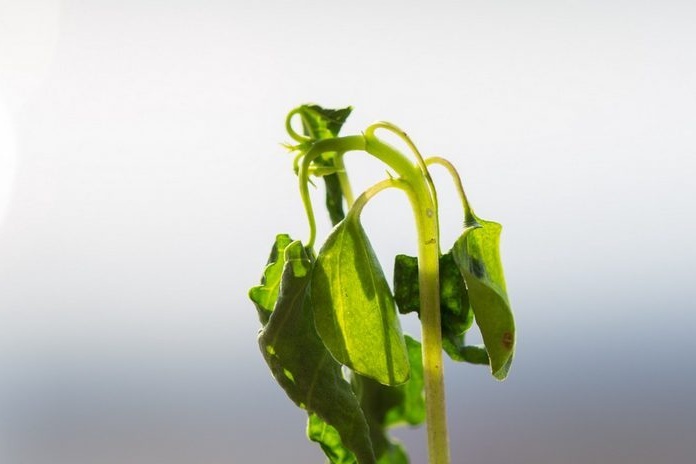 You may be interested in:
You may be interested in:Flowers like potato feed. You can feed not only garden, but also indoor flowering plants.
Preparation and fertilization rules
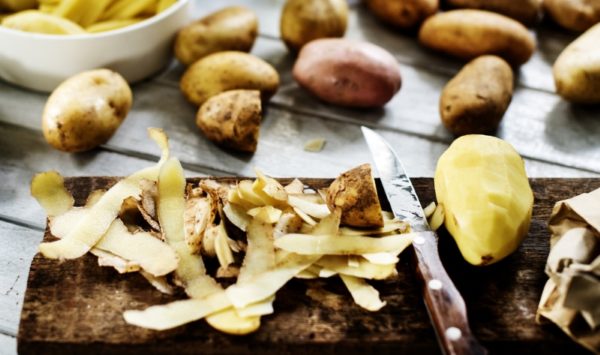
There are several options for feeding potatoes. But the raw materials for them need to be somehow preserved until use. The preservation of nutrients depends on how correctly this is done, which means the benefits of fertilizer. There are two ways to prepare raw materials:
- to dry;
- to freeze.
It is possible to dry the peel peeled from potatoes even in a city apartment. True, you will have to work hard for a while:
- Collect the peel, rinse it thoroughly in cold water until no impurities disappear.
- It is good to squeeze out the mass, wait for as much moisture as possible to evaporate.
- Dry in air or in an oven.
When drying, peels on a balcony or window are laid out with a thick layer on paper or fabric. Regular intake of fresh air will help prevent their decay. In addition, it is necessary to ensure that direct sunlight does not fall on the raw materials.
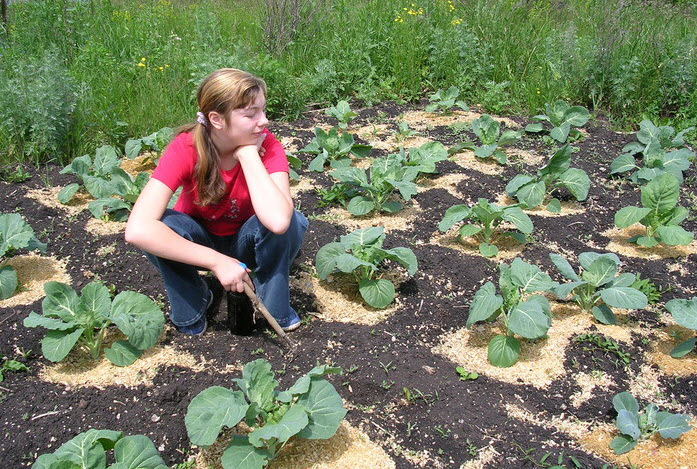 You may be interested in:
You may be interested in:Full drying usually takes 10-12 days. This is affected by the thickness of the peel, layer, climate of the room. If you need a quick result, you can use household appliances:
- oven - 3-4 hours at 100 C;
- microwave - up to 1 hour, select the mode experimentally.
The finished raw material is brittle, translucent, easily breaks. In this form, it must be placed in fabric bags so that the fertilizer does not “suffocate”. If natural drying is done, then you need to store the raw materials in a cool place: a balcony, a barn, a garage, so that possible pathogens are destroyed by low temperature. If you used an oven or microwave - in the pantry.
Freezing is another way to save potato waste. A freezer comes to mind. But usually there is not much free space in it. The way out is to store the cleaning on the balcony after setting the negative temperature.
There are 3 ways to make fertilizer from potato waste. Each of them has features.
Flour
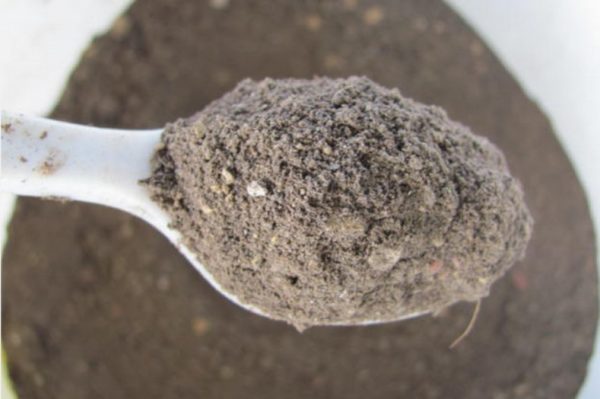
To prepare the powder, pre-dried raw materials are used. It is passed through a grinder (meat grinder, blender). Then a filtered solution is prepared from the powder (representatives of cruciferous and indoor flowering plants are very fond of) or sprinkled with young seedlings or adult bushes under the root in dry form every 4 weeks.
It is better to store it in this form in bags, but not for long. Flour absorbs moisture from the air well, can begin to rot. In addition, insects can start in it.
Gruel
To prepare this type of fertilizer, dried raw materials are also used. It is placed in a barrel and poured with boiling water so that the peel is completely under water. This ensures the death of fungi and pathogenic microorganisms. The purifications are left to swell for a week. The mixture is well mixed and applied under the roots of seedlings or adult plants in the garden.
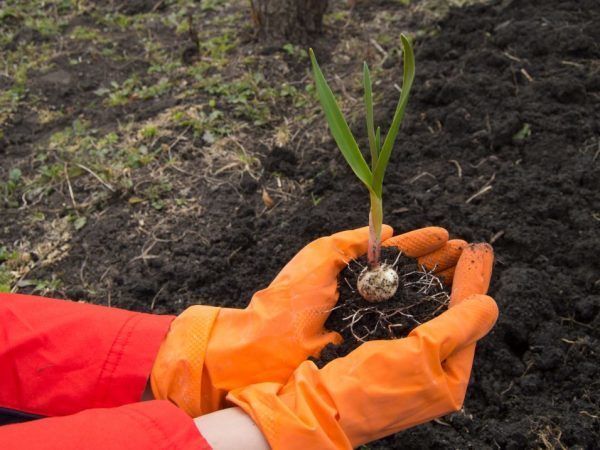 You may be interested in:
You may be interested in:Infusion
This type of fertilizer will need fresh or frozen waste. They are poured with boiling water, left for a day, and then plants in the garden or indoor flowers are watered with finished liquid once every 14 days. Fertilizer in any form can be applied to the wells before planting. It is necessary to repeat top dressing every 10-14 days.
It is important to feed berry and fruit crops during the appearance of the ovaries, when the crop ripens, shortly before its planned harvest. It is advisable to add flour and at a small distance from the roots. In the spring, before the flowering of currants, it is recommended to add a layer of potato flour around the perimeter of the crown projection to a depth of about 15 cm. Fertilizer will provide the plant with the necessary nutrients.
Fertilizing crops with potato peel makes sense - the fertilizer is affordable, easy to prepare and suitable for most garden plants. However, its introduction should be regular and in large volume.

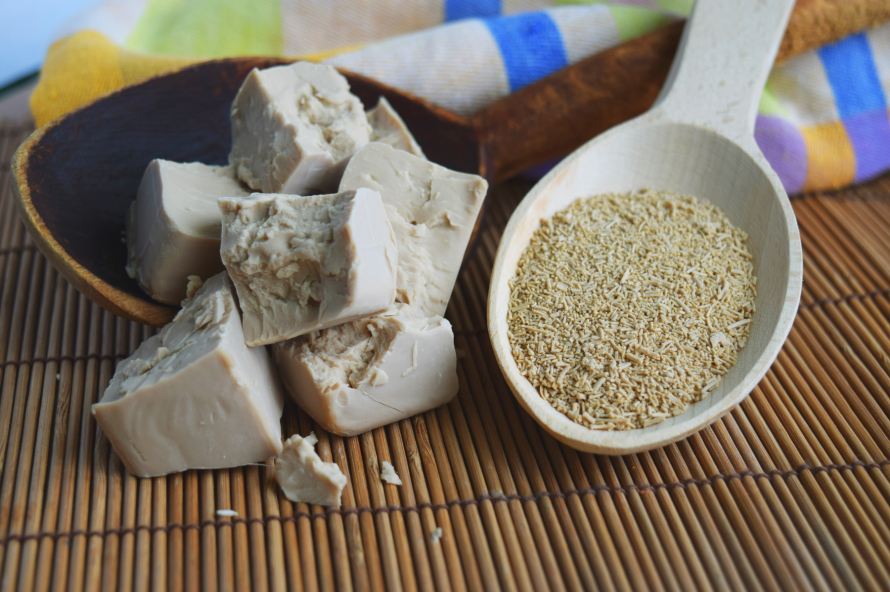
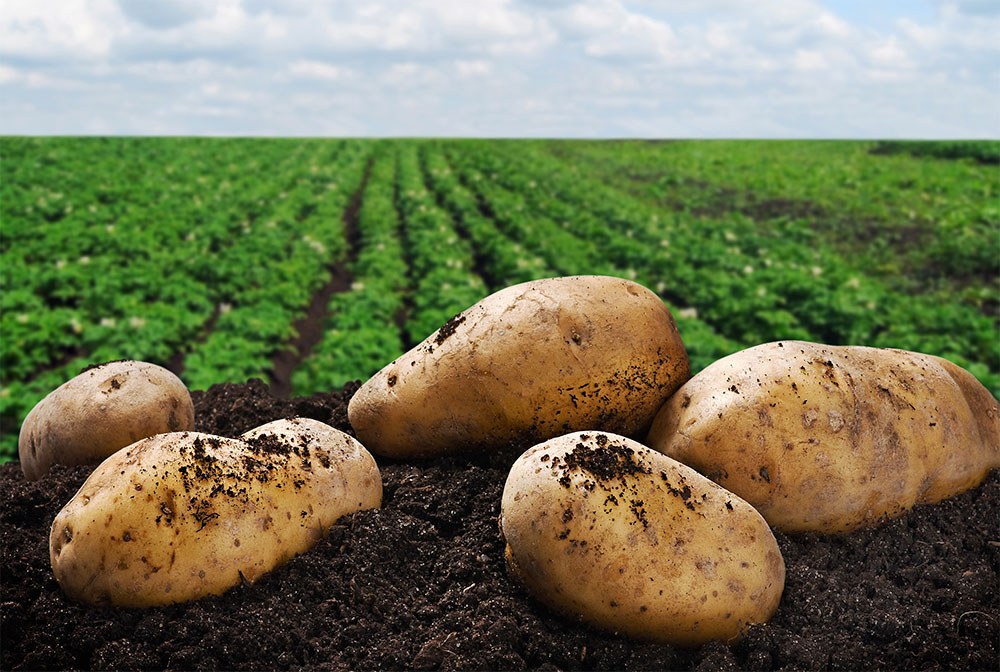
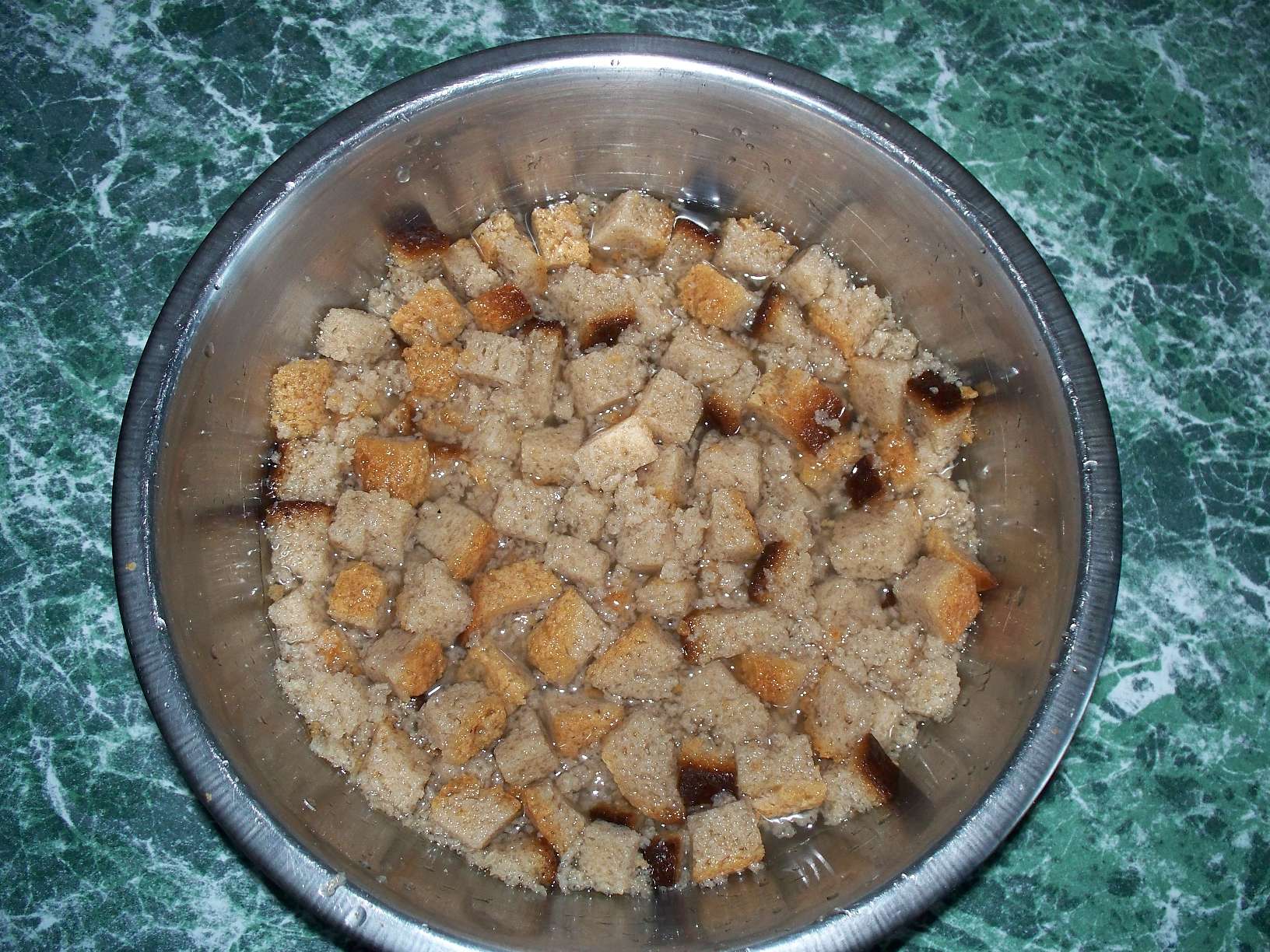
 Superphosphate: what is it and how to apply it
Superphosphate: what is it and how to apply it What problems can be expected from siderats?
What problems can be expected from siderats? Secrets of the collection, storage and use of eggshells in the garden
Secrets of the collection, storage and use of eggshells in the garden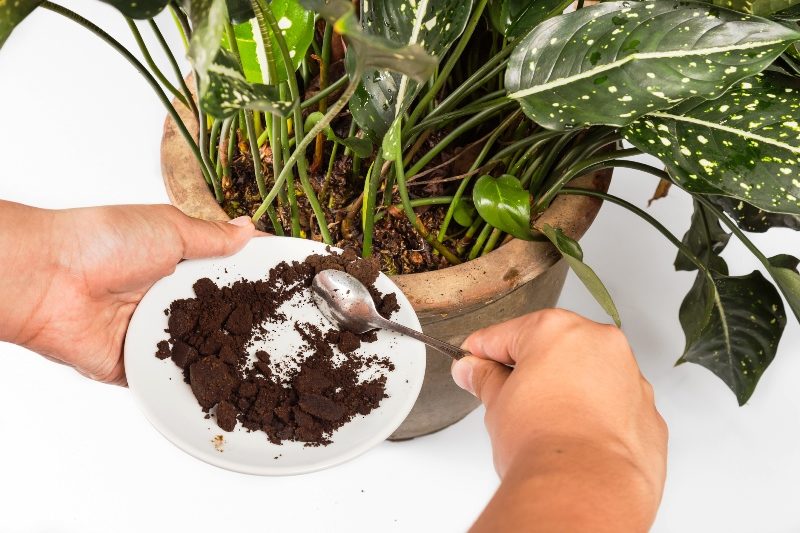 The most popular top dressing for indoor plants
The most popular top dressing for indoor plants
Alexander
Useful information, thank you, if all the summer residents didn’t throw away not only potato peeling, but any food waste and load it into compost pits, the dumps around our cities were not so big and fetid.